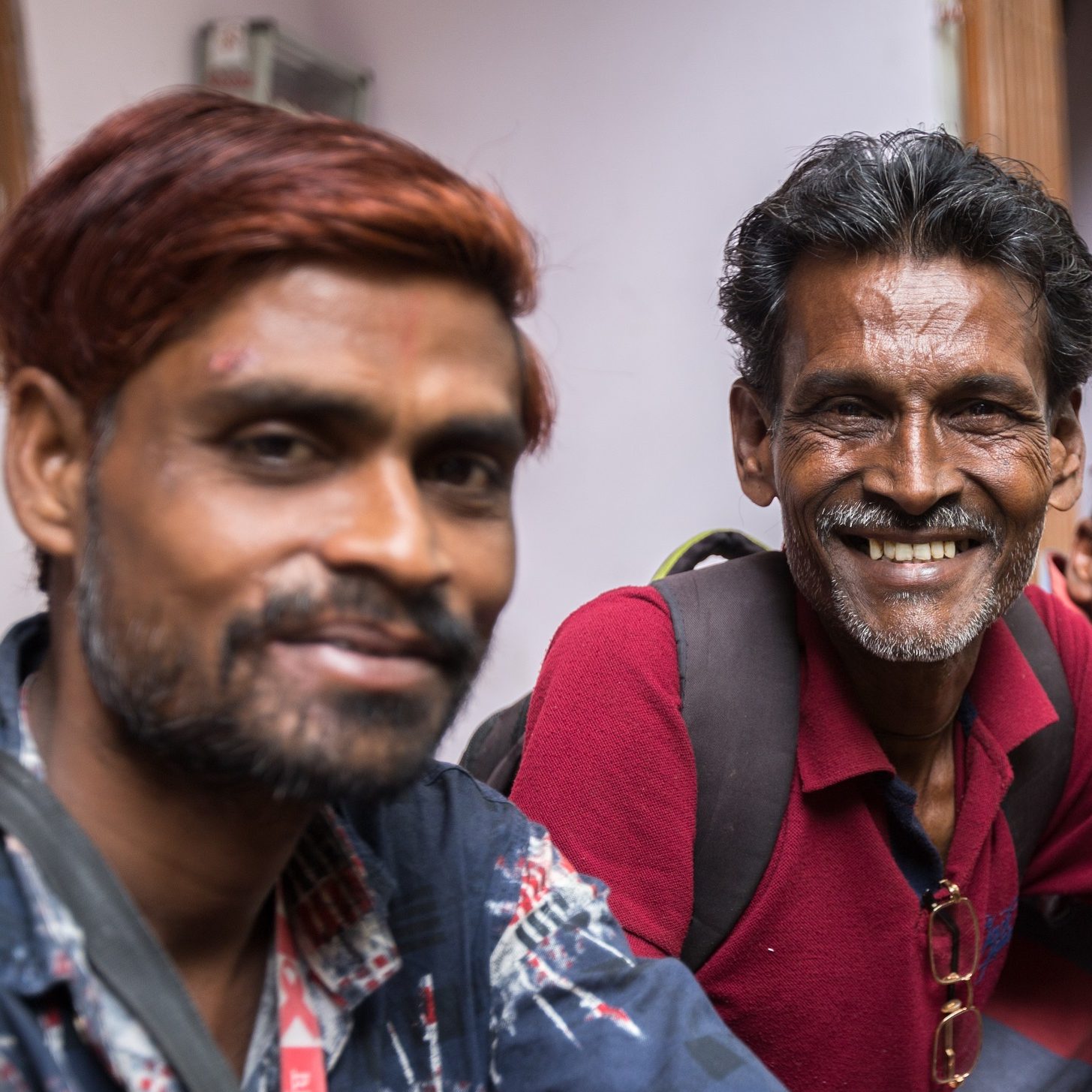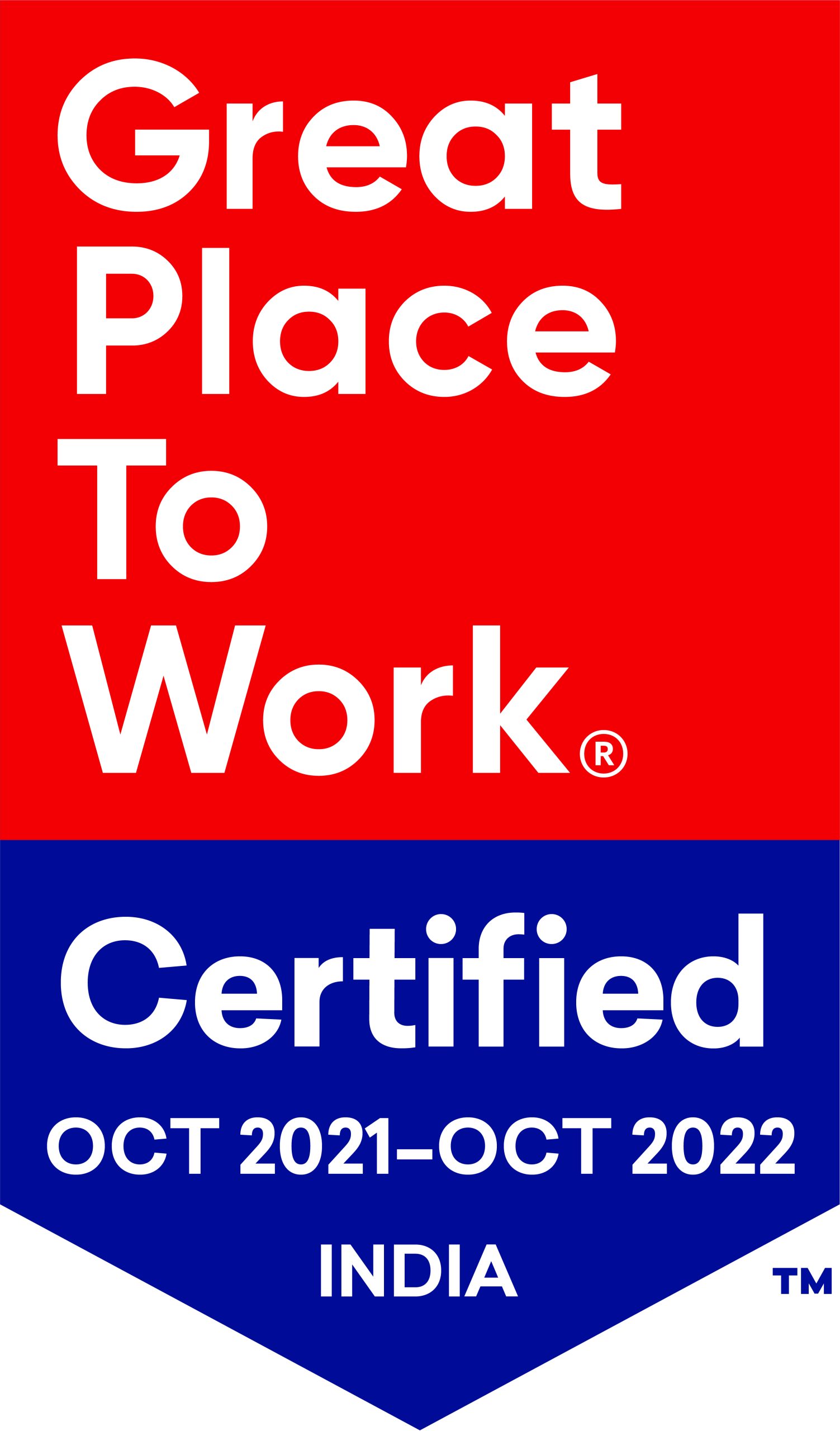Experiences from Implementing Harm Reduction in Asia
Strong community-led advocacy at the local, national and regional level is crucial to driving domestic investment in high quality, human-rights-based harm reduction approaches if we were to end AIDS, combat hepatitis among people who use drugs and achieve the sustainable development goals by 2030. These were my closing lines at a side event – ‘Funding the Harm Reduction Response: Stepping up the fight to end AIDS among people who use drugs’, – as part of the recently concluded Global Fund Replenishment Conference on October 8, 2019 in Lyon.
Financing disconcertingly has widened the gap between resource needs and resource availability in Asia and the Pacific where the US$ 3.5 billion available in 2018 fell short of the estimated US$ 5 billion needed to reach the 2020 Fast-Track targets. Bridging that gap implies an increase of about 40% in HIV resources by 2020. This now looks within reach; as history was made during the Global Fund Replenishment Conference two days later on October 10, when the French President announced that the sum total of that total pledges from governments, philanthropic donors and the private sector had crossed the targeted US $14 billion as part of the historic 6th Global Fund Replenishment. This is way more than what any other global health institution has ever raised and I felt very fortunate and proud representing India HIV/AIDS Alliance as a speaker and contributing to the success of a landmark event.
Through my presentation, I underscored why access to combination prevention services especially Harm Reduction remains a challenge in key Asian countries where less than half of key populations living with HIV are not even aware of their HIV status. I stressed how Asia’s progress is uniquely marked by hostile and highly punitive approaches to drug use in key countries where OST and NSP services were either unavailable or rare with high HIV prevalence among people who inject drugs. Yet, most governments have not prioritized harm reduction in their spending to date, even where the epidemic is concentrated among people who use drugs.
Citing examples from the Global Fund-supported “Harm Reduction in Asia” project; I shared our unique experiences at the India HIV/AIDS Alliance as the Principal Recipient (PR). This included sharing examples of how we developed and implemented country-specific “blueprint for change” that shaped our advocacy plans for achieving the long-term sustainable scale-up of key harm reduction interventions to reach 90-90-90 targets in seven high priority countries in Asia: India, Vietnam, Indonesia, Cambodia, Thailand, Nepal and the Philippines.
~ This blog was authored by Kunal Kishore, Associate Director – Drug Use & Harm Reduction
Other Recent Articles
- Yoga for Wellness: Supporting People Living with HIV & NCDs 25 June, 2025
- The Unsung Heroes of HIV Care: Outreach Workers under the Vihaan Programme 8 May, 2025
- Men’s Mental Health Matters in HIV Care 1 April, 2025
- Transforming Lives through Health Interventions: My Visit to Narmadapuram Prison 11 July, 2024
- HIV and Ageing: Understanding the Unique Needs of Older Adults 20 May, 2024
- Youth Voices: Life with HIV in Contemporary India 26 September, 2023
- Empowering Transgender Community to create an Equal World 20 July, 2023
- Combating Stigma and Discrimination Among People Living with HIV 7 July, 2023
- Understanding the Significance of HIV Testing: Impact on Individuals, Relationships, and Society 22 June, 2023
- Empowering Lives during Unrest l Our Commitment to Manipur 5 June, 2023
- Made by Nicdark - Copyright 2020
- donations@ong.com
- volunteers@ong.com
- contact@ong.com
India HIV/AIDS Alliance (Alliance India)
A not-for-profit Section 8 Company with Registration No: U85310DL1999NPL098570
Contact
-
6, Community Centre
Zamrudpur Kailash Colony Extension
New Delhi – 110048 - +91-11-4536-7700
Download
©2021 All Rights Reserved by Alliance India




